Overview
Japan is a rare country where one can experience something new every time they visit, and each season has its unique charm, festivals, and landscapes. Be it cherry blossoms, autumn leaves, snow-white mountains, or spectacular summer festivals, Japan has everything in store for everyone. This comprehensive guide explores the best time to visit Japan, detailing the highlights of each season, activities, and travel tips.
1. Why Timing Matters for Your Trip to Japan
The timing of your visit to Japan can greatly affect your experience.
- Seasonal Highlights: Japan’s distinct seasons change the landscape and culture, offering diverse opportunities for sightseeing and activities.
- Festivals and Events: Some festivals and events take place only during certain times of the year, so planning your trip accordingly is essential.
- Weather Preferences: Japan’s climate differs from region to region, so knowing the weather by season in Japan will be important for packing.
2. Spring in Japan (March to May)
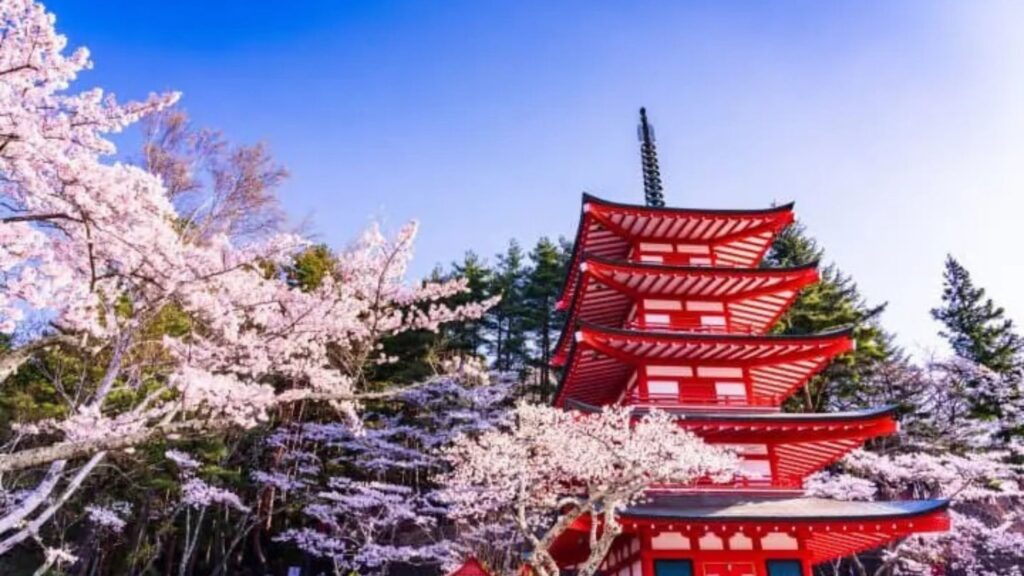
Why Visit Japan in Spring?
Spring is one of the most popular times to visit Japan, thanks to the world-famous Japan cherry blossom season and pleasant weather.
Highlights of Spring
- Cherry Blossoms: From late March to early April, the cherry blossoms are in full bloom. Top spots include:
- Tokyo: Ueno Park and Chidorigafuchi.
- Kyoto: Philosopher’s Path and Maruyama Park.
- Osaka: Osaka Castle Park.
- Mild Weather: Ranges between 10°C to 20°C, ideal for outdoor exploration.
Festivals
- Hanami (Cherry Blossom Viewing) parties are held nationwide.
- The Takayama Spring Festival is a celebration of elegantly decorated floats.
Spring Travel Tips
- Book Ahead: Hotels and flights book up fast as the popularity of the cherry blossom season attracts many visitors.
- Dress in Layers: Even though days are mild, evenings can get cool.
3. Summer in Japan (June to August)
Why Visit Japan in the Summer?
Summer is the period full of festivals, fireworks, and rich greenery.
What to Do in Summer
- Festivals:
- Gion Matsuri: in Kyoto is one of the most popular Japan summer festivals.
- Awa Odori: in Tokushima is known for showcasing traditional dance.
- Fireworks festivals: like the Sumida River Fireworks in Tokyo light up the sky at night.
- Outdoor
- Climb Mount Fuji during: the official climbing season from July to early September.
- Explore Japan’s countryside: such as Hakone and Kamikochi, for breathtaking hikes.
- Beach Escapes: Head to Okinawa for pristine beaches and water sports.
Summer Challenges
- High Temperatures and Humidity: It is summer in Japan where temperatures often exceed 30°C.
- Rainy Season (Tsuyu): June marks the beginning of the rainy season, specifically in central and southern parts of Japan.
Traveling in Summer
- Stay Hydrated: Carry enough water and apply sunscreen to face the scorching summer.
- Pack Light: Breathable fabrics and comfortable shoes are the way to go.
4. Autumn in Japan (September to November)
Why Visit Japan in Autumn?
Cooler temperatures and amazing autumn foliage transform landscapes into vibrant shades of red, orange, and yellow.
Highlights of Autumn
- Autumn Foliage:
- Arashiyama Bamboo: Grove and Kiyomizu Temple in Kyoto.
- Nikko and Lake Kawaguchi: for stunning autumn leaves views.
- Gentle Weather: From 15°C to 25°C during the day, it’s perfect for any outdoor activities.
- Seasonal Food: Autumn is also the time for chestnuts, matsutake mushrooms, and sweet potatoes.
Festivals in Autumn
- Takayama Autumn Festival: Enjoy with floats and parades.
- Halloween: Major cities like Tokyo have fantastic celebrations and costume parades.
Traveling in Autumn
- Foliage: The peak season varies from region to region, so check the forecasts for the best timing.
- Pack Layers: Mornings and evenings can be chilly.
5. Winter in Japan (December to February)
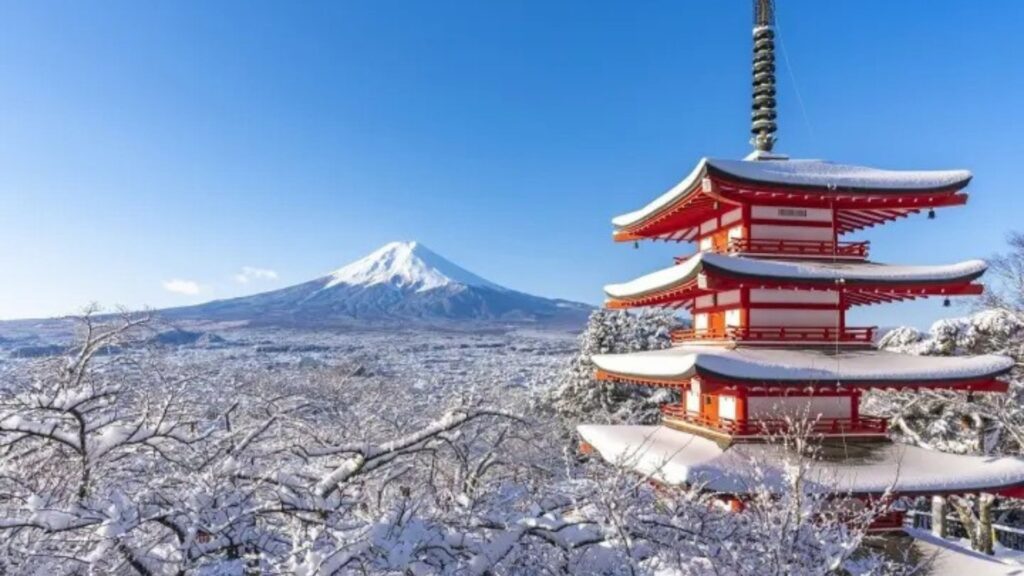
Why Visit Japan in Winter?
Winter in Japan is a fairy tale season with snow-covered landscapes, hot springs, and unique winter festivals of Japan.
Highlights of Winter
- Skiing and Snowboarding:
- Visit Hokkaido: for top-tier ski resorts like Niseko.
- Explore: the Japanese Alps in Nagano and Gifu.
- Winter Festivals:
- The Sapporo: Snow Festival boasts incredible ice and snow sculptures.
- The Otaru: Snow Light Path Festival is a romantic winter event.
- Hot Springs (Onsen): Relax in an outdoor onsen surrounded by snow at places like Hakone and Beppu.
- Seasonal Foods: Hearty nabe (hot pot) dishes and fresh crab should be enjoyed in winter.
Winter Travel Tips
- Dress Warmly: Pack insulated jackets, gloves, and scarves.
- Check Weather Conditions: Snowfall can disrupt transportation in northern regions.
6. Regional Variations in Japan’s Seasons
- Hokkaido: Cooler summers and heavy snowfall in winter.
- Kyushu and Okinawa: Subtropical climates make winters mild and summers hot.
- Central Japan: The Japanese Alps experience significant snowfall, making them ideal for winter sports.
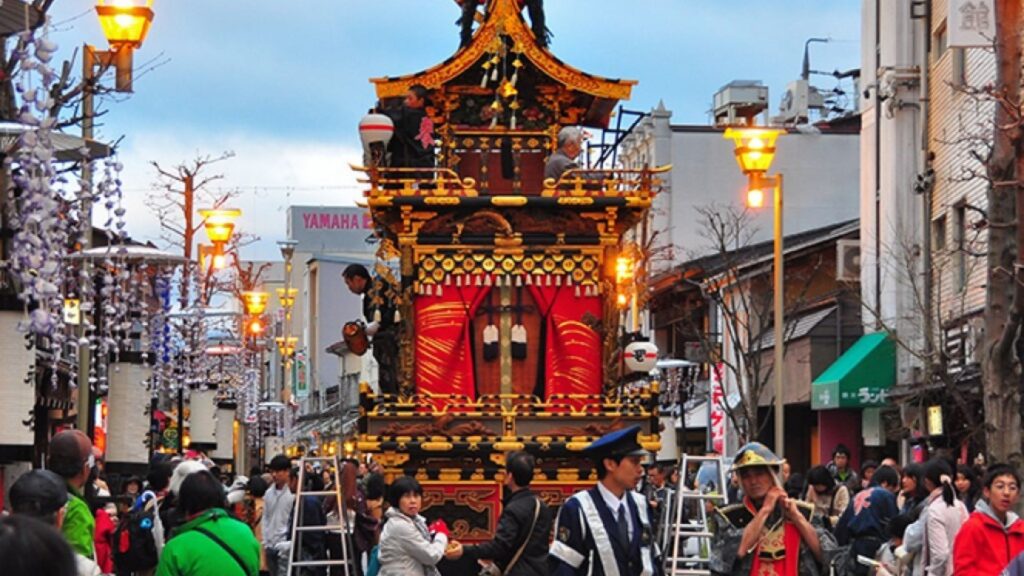
7. How to Choose the Best Time for Your Trip
Ask yourself these questions:
- What Do You Want to Do?
- Like skiing? Come in winter.
- Want to see cherry blossoms? Springtime is a good plan.
- What Kind of Weather Do You Prefer?
- Don’t like the heat? Avoid summer when it is hot and humid.
- Like cool temperatures? Try autumn or winter.
- What Festivals Are You Interested In?
- Research festival dates to coincide with your visit, like Gion Matsuri or the Sapporo Snow Festival.
8. Final Recommendations for Travelers
- Spring and Autumn: These are considered the best overall seasons to visit Japan due to pleasant weather and stunning natural scenery.
- Winter: Ideal for those who enjoy snow sports, hot springs, and winter festivals.
- Summer: Perfect for festival-goers and outdoor adventurers, but be prepared for heat and humidity.
Conclusion
Japan is a country rich in seasonal diversity, offering experiences every time you visit—from the marvel of beautiful cherry blossoms to being amidst the fiery hues of autumn leaves in Japan, skiing through pristine powder snow, and experiencing vibrant Japan summer festivals happening throughout the year in Japan.
Plan your trip based on your preferences for activities, weather, and cultural events to decide the best time to visit Japan. Japan promises an unforgettable adventure filled with breathtaking landscapes, rich culture, and warm hospitality, regardless of when you go.
So, when will you book your trip to Japan?
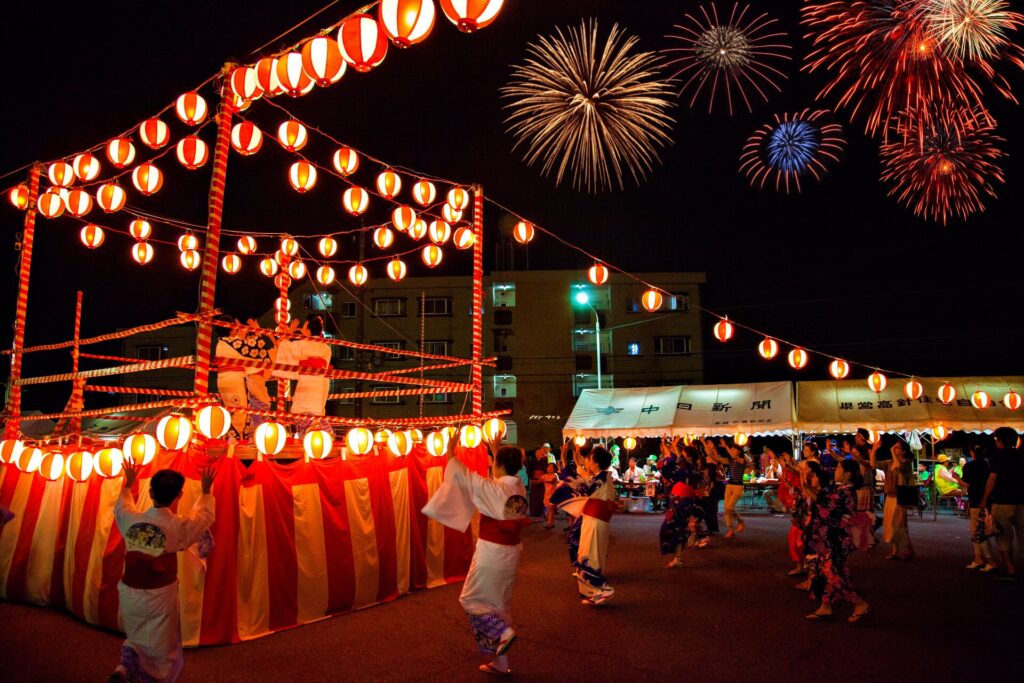
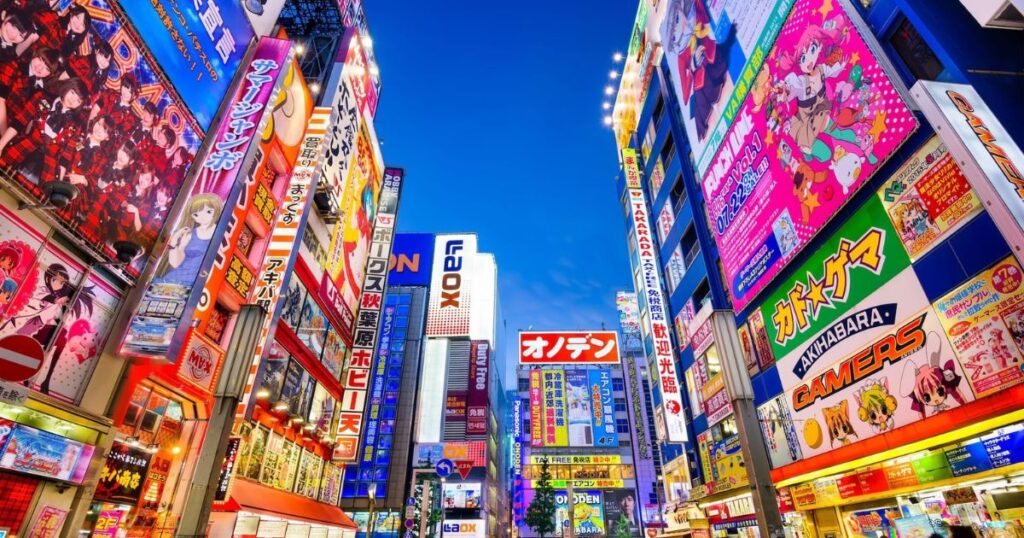
Pingback: Top Cities to Visit in Japan: Tokyo, Kyoto, and Osaka - Global Travel Time
Pingback: Hot Springs And Onsens In Japan’s: Relaxing Retreats